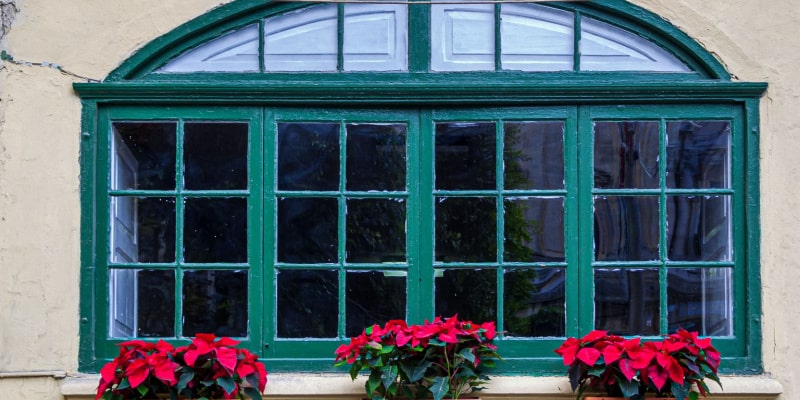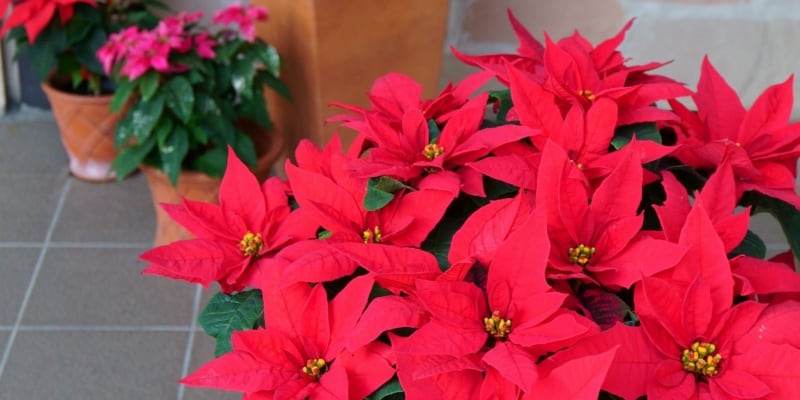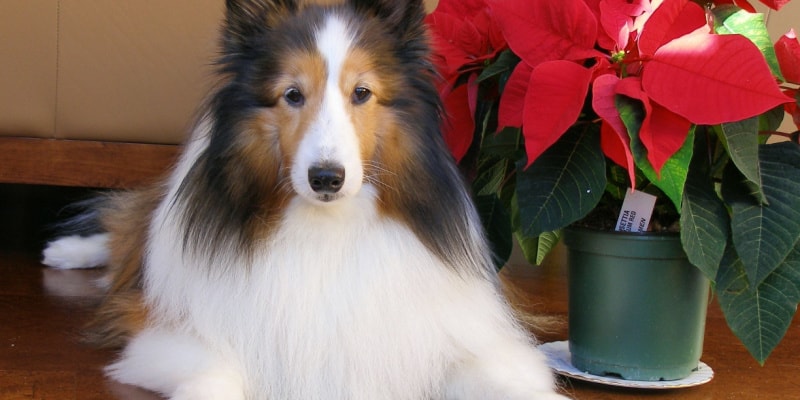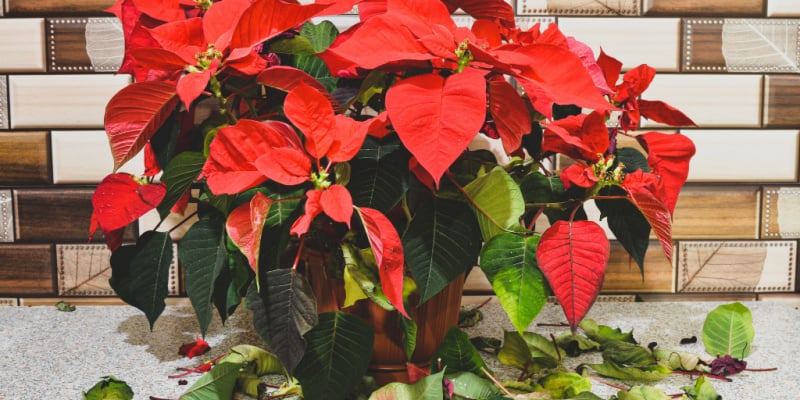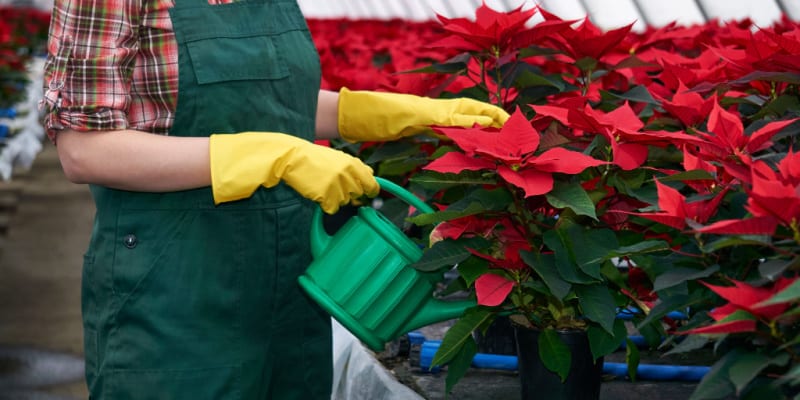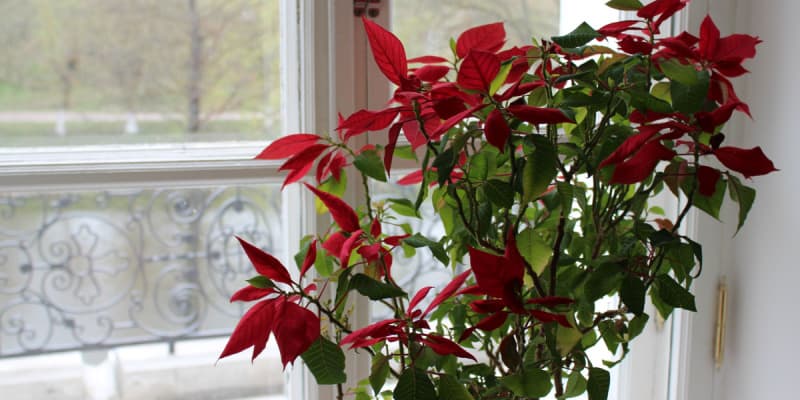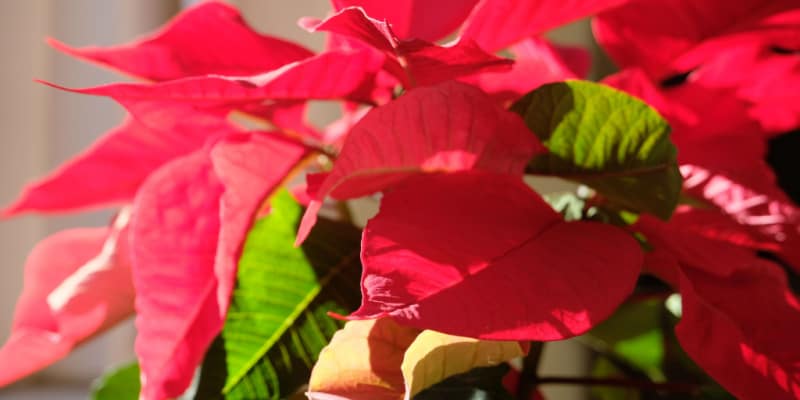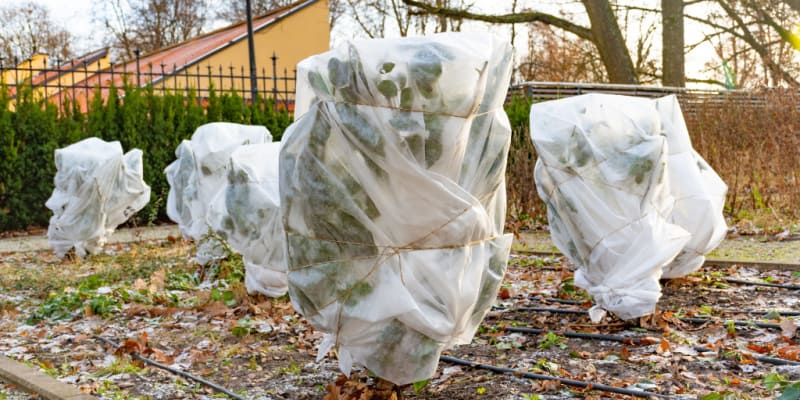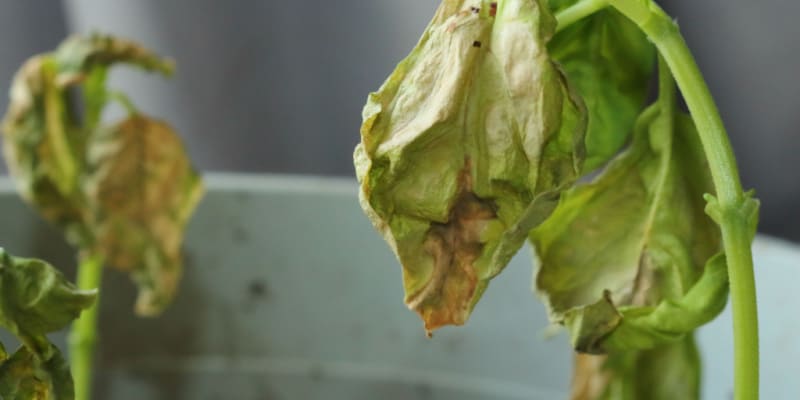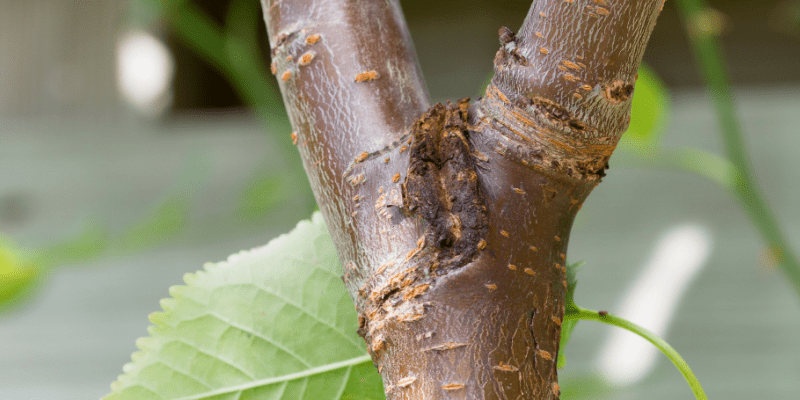Can poinsettias be outside?
Poinsettias are tropical plants from Mexico and like to be in warm environments with a minimum temperature of 13˚C to 16˚C. If your climate has these warm winter temperatures, then you can put poinsettias outside all season long. However, if you plan on keeping your poinsettia going for longer than the holiday season, putting it outside in the spring is part of the program regardless of your climate. Read on for details about how to successfully have poinsettias be outside….
